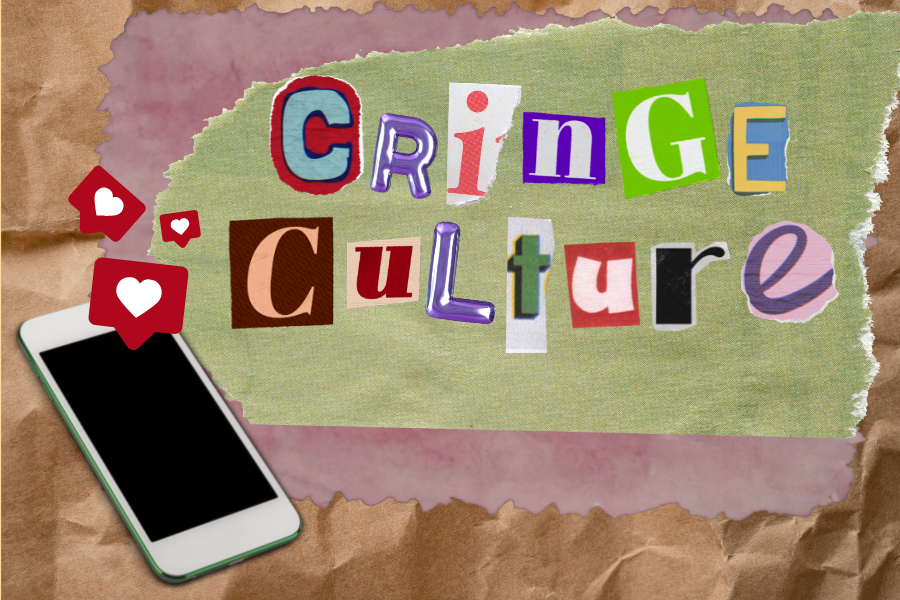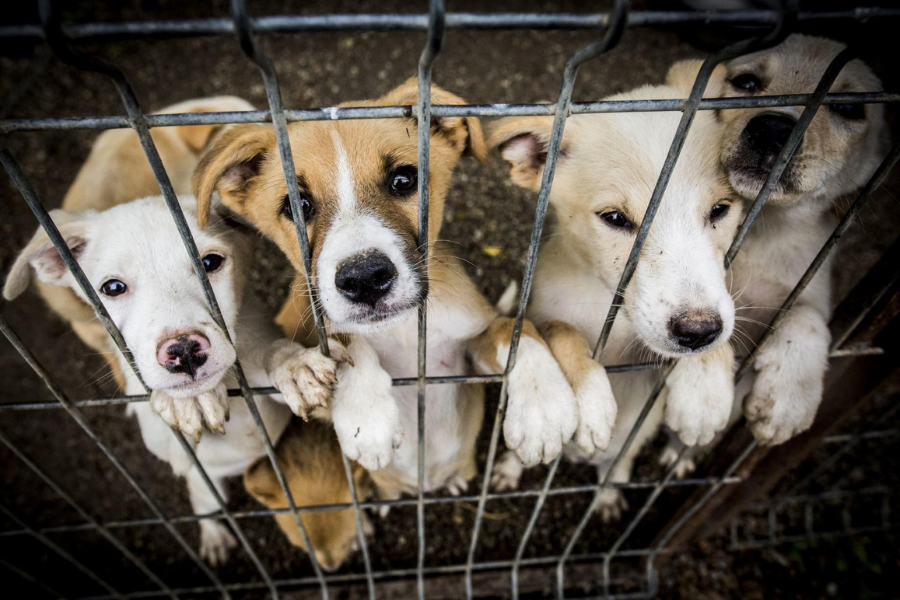When scrolling through online sellers or attending artist-based events such as South Bend’s Art Beat, you may be initially stunned by the prices. $20 for a coaster? $300 for a sweater? While it may seem outrageous for something so accessible for purchasing to be priced at such a high listing, the effort and craftsmanship of making something by hand is truly priceless.
I originally felt the same toward these price points: if it was not what I considered affordable, it was overpriced. However, I began to understand the value of something handmade when I tried it myself.
I will focus on the reasonability of crochet and other fiber arts prices as I have the most experience in that field. Still, the foundation of my argument withstands any handcrafted artisan goods.
Costly
Like any business, it takes money to create a handmade product. While the “starter tools,” including crochet hooks or fabric scissors, are only onetime purchases, other resources, like the yarn itself, are a continuous investment. Considering the factors of inflation, the quantity of thread and material of yarn, the price can significantly add up.
Going off of affordability, yarns with synthetic fibers like acrylic yarn are the optimal option.
However, synthetic yarn is rougher to the touch, stiffer and easier to fray or stretch. As someone who primarily uses acrylic yarn, I have purchased a heat gun and a handheld steamer to combat these drawbacks, but those two items alone add up to $70. If you are considering creating a business out of fiber arts, you may need to put money toward tools to improve efficiency. For example, crocheters may get compression gloves or a tension ring to prevent straining their hands.
Something else to consider is that while crocheting is faster than knitting, crochet uses more yarn than a knit product because the stitches are taller and denser, adding to the overall cost.
With this in mind, crocheters need to price their handmade products accordingly to make a sufficient profit. According to Craftybase, businesses aim for an 8-30% profit margin. This margin can be subject to change for handmade-based businesses depending on the creator’s personal factors, such as the creator’s financial status. If selling their handmade products is their main or sole source of income, then they would need to price their products high enough to suffice for their living expenses. For reference, a 2023 report says that the median income for single workers is $57,200, which is only considered a livable wage in 30/50 U.S. states. Often, the pricing breakdown consists of the hours spent crocheting multiplied by their hourly rate (typically in the minimum wage range,) plus the costs of supplies including tax.
Unruly Competition
When seeing the price of crochet goods, specifically crochet clothing, a common argument is that you could easily buy the same thing for a fraction of the price from somewhere like Shein or Forever 21. And while that is not incorrect, purchasing crochet products from fast fashion companies raises serious ethical questions. Often, these larger companies mimic smaller or independent sellers’ designs and list them for a marked-down price. These knockoffs are more accessible than the original product but are typically made with much worse quality and steal profit from independent creators because consumers are purchasing from the knockoff version rather than the original. There are few consequences for such large-scale companies. I found this article to be a great deep-dive into the relationship between crochet businesses and fast fashion chains.
A stark difference between knitting and crochet is that, unlike knitting, crochet cannot be created by machine; every crochet piece is created by hand. This makes handcrafted crochet projects feel all the more original and unique but puts into perspective how harmful fast fashion is to the crochet community. Knowing that brands such as Shien are notorious for their child labor practices and unfair wages, we can infer that there are workers, possibly children, handcrafting clothing pieces at the same rate as fast fashion trends. This is extremely important when considering the effort and hours necessary to create the handcrafted goods.
Timely
Upkeeping a crochet business is an extremely meticulous process. Making one product can take a decent amount of time. As I mentioned at the beginning of this article, I took up crocheting myself last summer, knowing only the basic stitches. I attempted to make my first “serious” project: a patchwork cardigan. The cardigan included several design patterns, none of which I had ever tried. The entire process was a learning curve, totaling roughly two months of me working consistently for long hours. After developing a few premature wrinkles and back problems (joking..sort of,) the cardigan was complete! But as I became more skilled and knowledgeable with crochet, I could only notice my mistakes, so I separated all the patchwork squares and reworked the project. This added another month’s worth of work to the process.
So, if it took months to create a single item of clothing, imagine having an entire business built on that level of effort and hours sacrificed. Though that is my personal experience, Lovecraft predicts that their pattern for an adult-sized sweater (a less complicated pattern than my project) would take 26 hours for a beginner crocheter, 22 for an intermediate and 18 for an advanced. As a beginner, you would quite literally have to put forth a day’s worth of work to create a sweater by hand.
In many cases, handmade businesses are only made up of one person, meaning that the individual would make the product, ship out the products and manage business aspects. It takes considerable time to create enough stock to suffice for a business. When you see sellers at local markets or online, the items offered may have taken months or years to accumulate. Additionally, like any other business, crocheters go through numerous prototypes of trial and error before releasing their products to the public.

Ultimately, the price tag of a crocheted item goes far beyond its estimated monetary value. To understand a product’s genuine worth means to be mindful of the crocheter’s journey and extensive leading to the final outcome. It is an investment of money, time and creativity. Realistically, crochet goods are not in everyone’s budget or best interest, and that is completely okay. What you consider a reasonable purchase does not reflect a handmade creation’s value. Crochet is a beautiful, intricate way of craftsmanship and deserves to be appreciated through whatever method is available to you.










Patrice • Mar 31, 2024 at 6:16 pm
Thank you so much for this piece! I’ve been crocheting for over 50 years and am considering doing some work on commission to supplement my retirement. I’ve been struggling to figure out how to price my pieces so that they reflect my years of experience and quality craftwomanship. But crocheters themselves are often guilty of undervaluing their work. I did commission work in the past and had one customer, a novice crocheter who understood what’s involved in creating a crocheted piece and was happy to pay $300 for a sweater. I guess I’ll have to find a market that’s willing to pay what I intend to charge. And I’ll share this piece with those who think I’m charging too much. Thanks again for sharing your opinion, and I love your sweater!